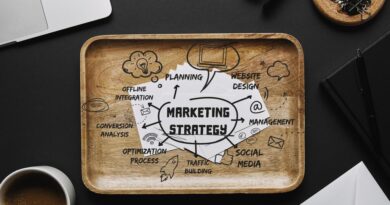Why People Still Make or Break a Business
No matter how much technology changes the way we work, the success of any business still comes down to people.
Whether you’re running a start-up or leading a growing company, it’s the people in the business who shape the culture, drive the ideas, and keep the wheels turning.
You can have the best systems and tools in the world, but if your team isn’t engaged, skilled, and supported, it won’t take you very far.
That’s why more businesses are starting to put a real focus on learning and development.
Not just as a tick-box exercise, but as a way to retain good staff and build a stronger future.
When people feel like they’re growing, they’re more likely to stay — and more likely to bring their best to work.

From internal mentoring schemes to external training providers, there’s a growing recognition that investing in people is just good business sense.
Development doesn’t have to be expensive or overly complex.
Sometimes, even informal opportunities like job shadowing, knowledge sharing sessions, or cross-functional projects can create powerful learning moments.
The key is to create a culture where learning is continuous and supported from the top down.
It’s also about leadership.
Good management can make a huge difference to morale, motivation, and productivity. But leading people isn’t something most of us are naturally born to do.
It’s a skill that takes time to build, and the right training can make a big impact.
That’s where something like a CIPD qualification can be really valuable.
It gives managers and HR professionals a deeper understanding of how to support people effectively, shape company culture, and deal with the challenges that come up in real workplaces.
It also equips them to handle sensitive conversations, manage conflict constructively, and inspire performance — all essential qualities in today’s dynamic work environments.
Of course, people strategies only work when they’re connected to the bigger picture.
If you’re going to grow as a business, you need the right mix of talent, structure, and support in place.
That often means looking at how roles are evolving, what your teams actually need day-to-day, and where there might be gaps.

It’s not about making changes for the sake of it — it’s about building something that works for both the business and the people in it.
Listening to employee feedback and analyzing workforce data can give you important clues about where to focus your efforts, whether that’s in reskilling, recruitment, or better internal communication.
At the end of the day, businesses don’t grow by accident. They grow because someone’s putting in the effort to develop the team behind them.
Whether that’s through formal training, thoughtful leadership, or just creating an environment where people can do their best work — it all adds up.
If you’re serious about taking your business forward, then investing in people shouldn’t be an afterthought. It’s one of the smartest moves you can make.



